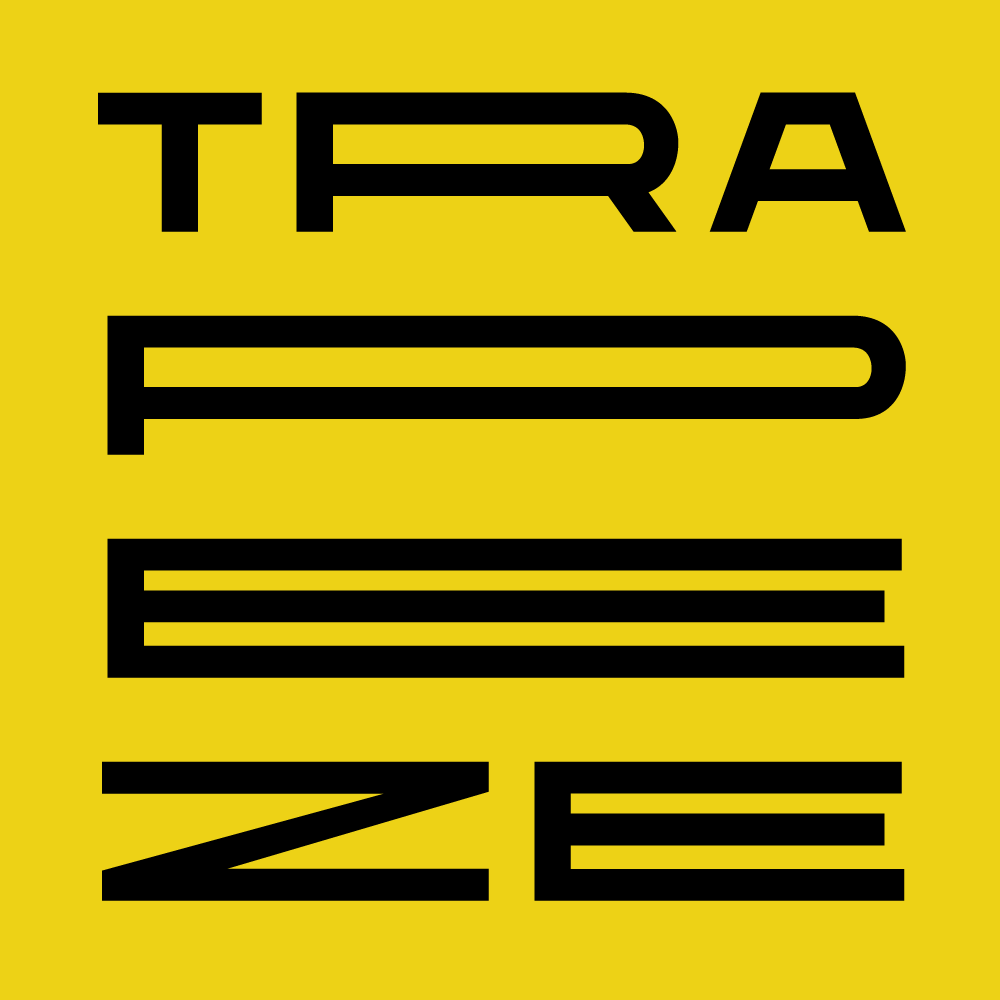13/09/2022
The TRAPEZE Dashboard: control what data is processed for which purposes
“You must agree to our privacy policy!” We often agree to terms and conditions and privacy policies without taking the time to read or fully understand them. Yet, consent is the ground for the data economy to grow. It is essentially our sole measure of control.
While giving consent is often very easy (we simply tick a checkbox), managing consent is complex, challenging, and cumbersome. We have to navigate menus and privacy settings or even write an email to the controller to express our consent beyond a short “I agree!” The GDPR requires that withdrawing consent must be as easy as giving it. We want to focus on consent management and configuration with our new version of the Privacy Dashboard.
We, therefore, shifted from a data-centric to a more consent-centric design. We found that the TRAPEZE Privacy Dashboard should be a tool to control what data is processed for which purposes.
Controllers who use the TRAPEZE platform will use the TRAPEZE Policy Language to formalize their privacy policy. The Privacy Dashboard can now process these formalized or machine-readable policies and offers data subjects to configure consent on a more fine-grained level. Navigating through a privacy policy becomes much easier when its contents are presented in an interactive manner.
Interested? See https://dashboard.trapeze-project.eu for a demonstration of the new version of the TRAPEZE Privacy Dashboard and a screencast of the demonstration on Youtube.
Any comments, questions, or feedback? Feel free to contact us.
Related information:
Dynamic consent mechanisms (D4.1) 23 DEC 2021
This deliverable focuses on consent management on the privacy dashboard. A prototype version of the privacy dashboard has been used in the first usability test.
Privacy dashboards – First version (D4.2) 28 FEB 2022
This deliverable reports on the TRAPEZE privacy dashboard, a web application that establishes both transparency and control. Transparency features include data exploration that allows users to display the data usage and potential risks associated with processing. Control features include consent management and incident reporting to limit data usage. The privacy dashboard can generally be understood as a personal data processing limitation dashboard.
Contact:
Philip Raschke, philip.raschke@tu-berlin.de
Tobias Eichinger, tobias.eichinger@tu-berlin.de

